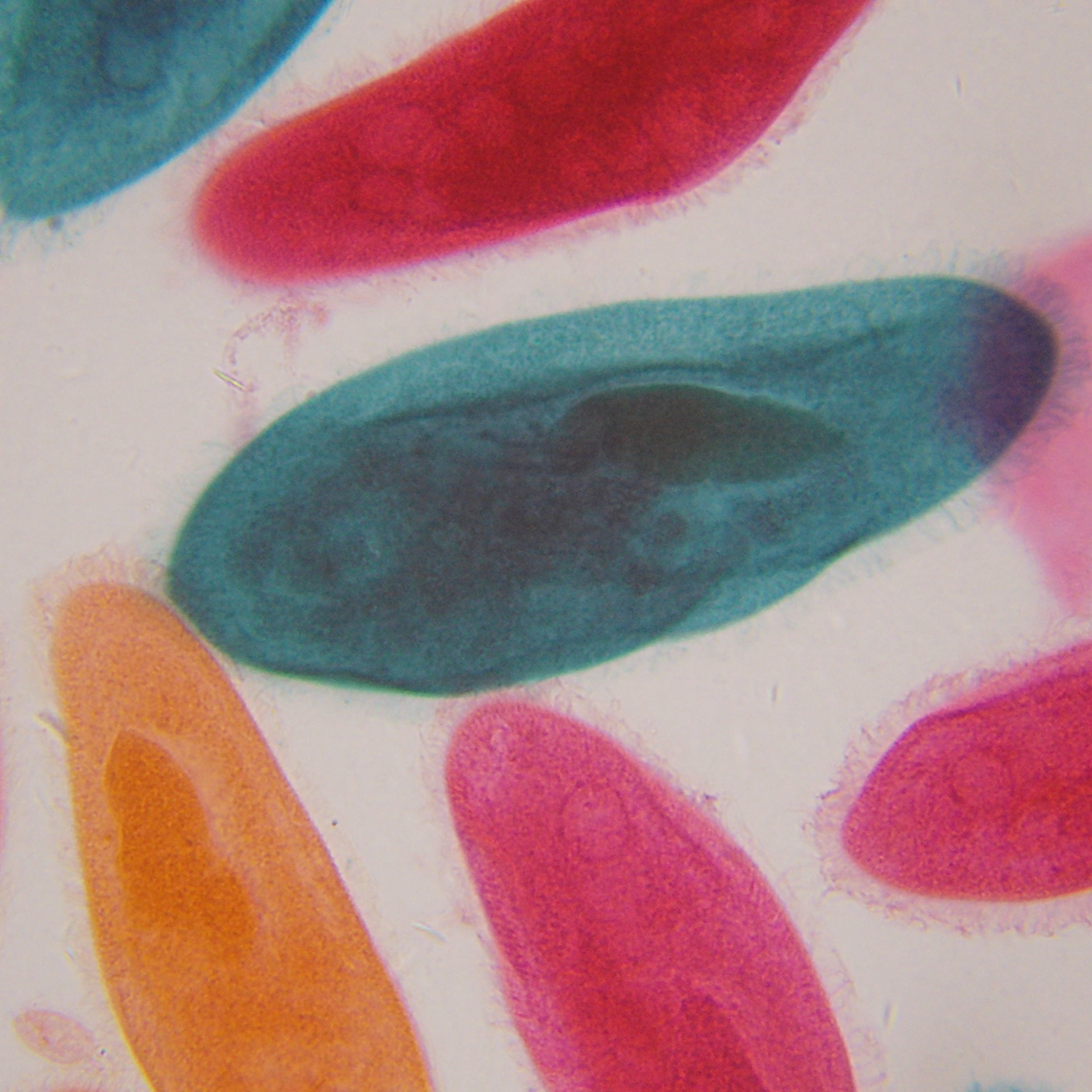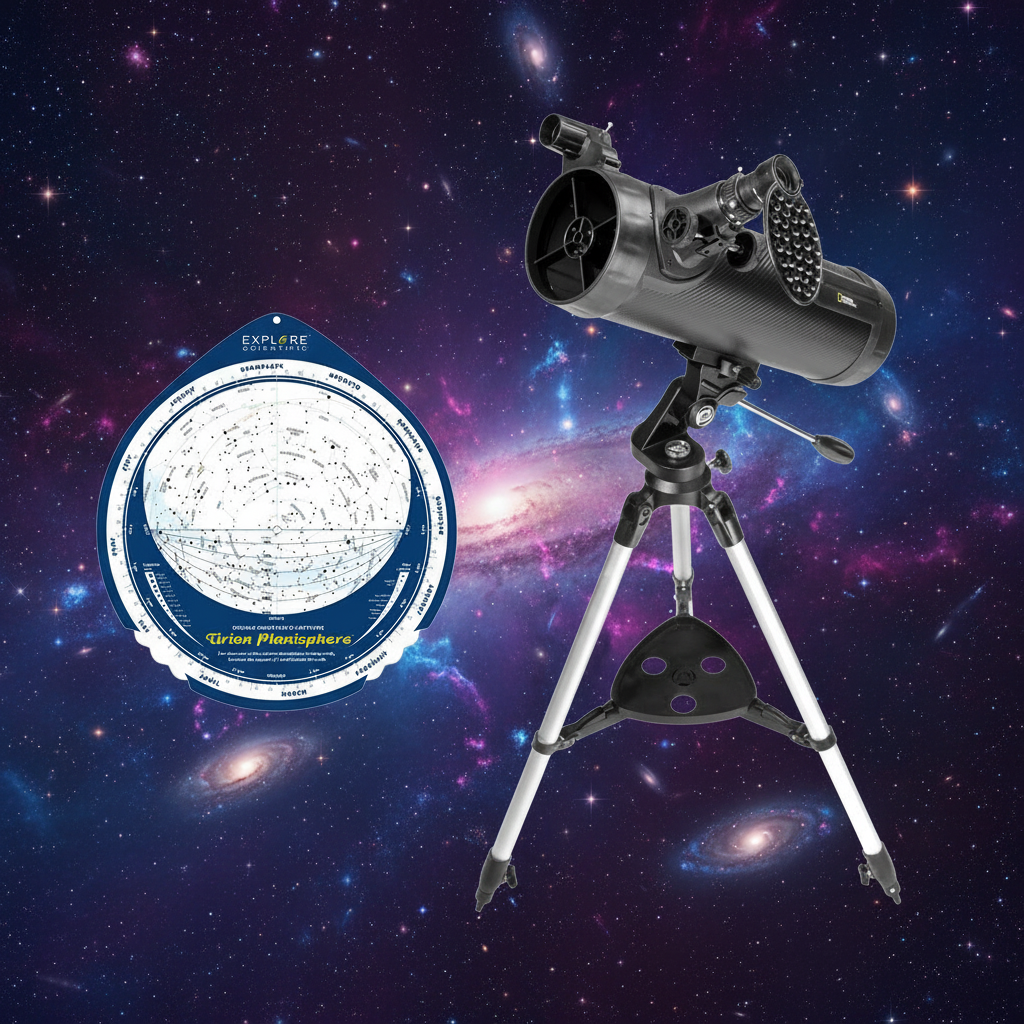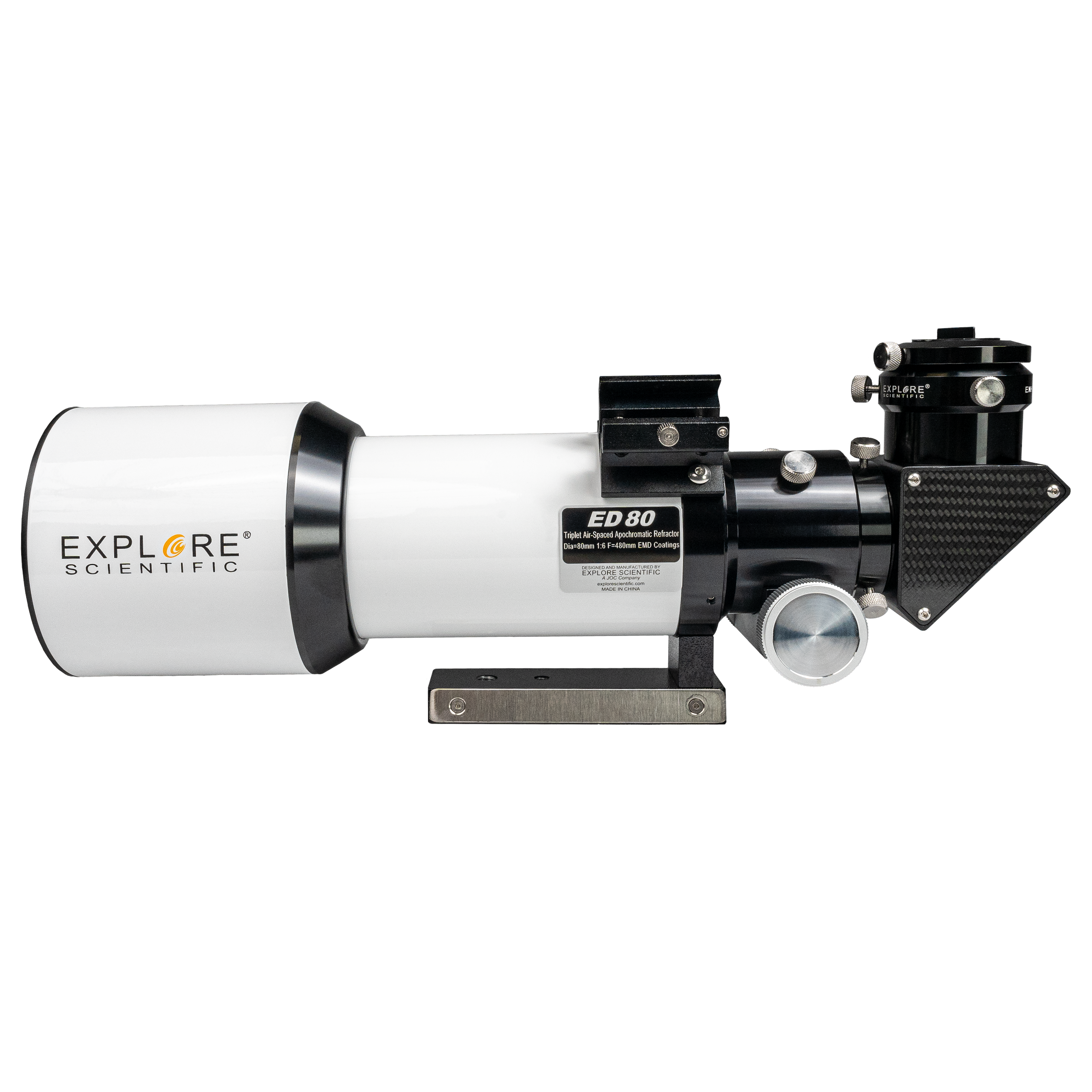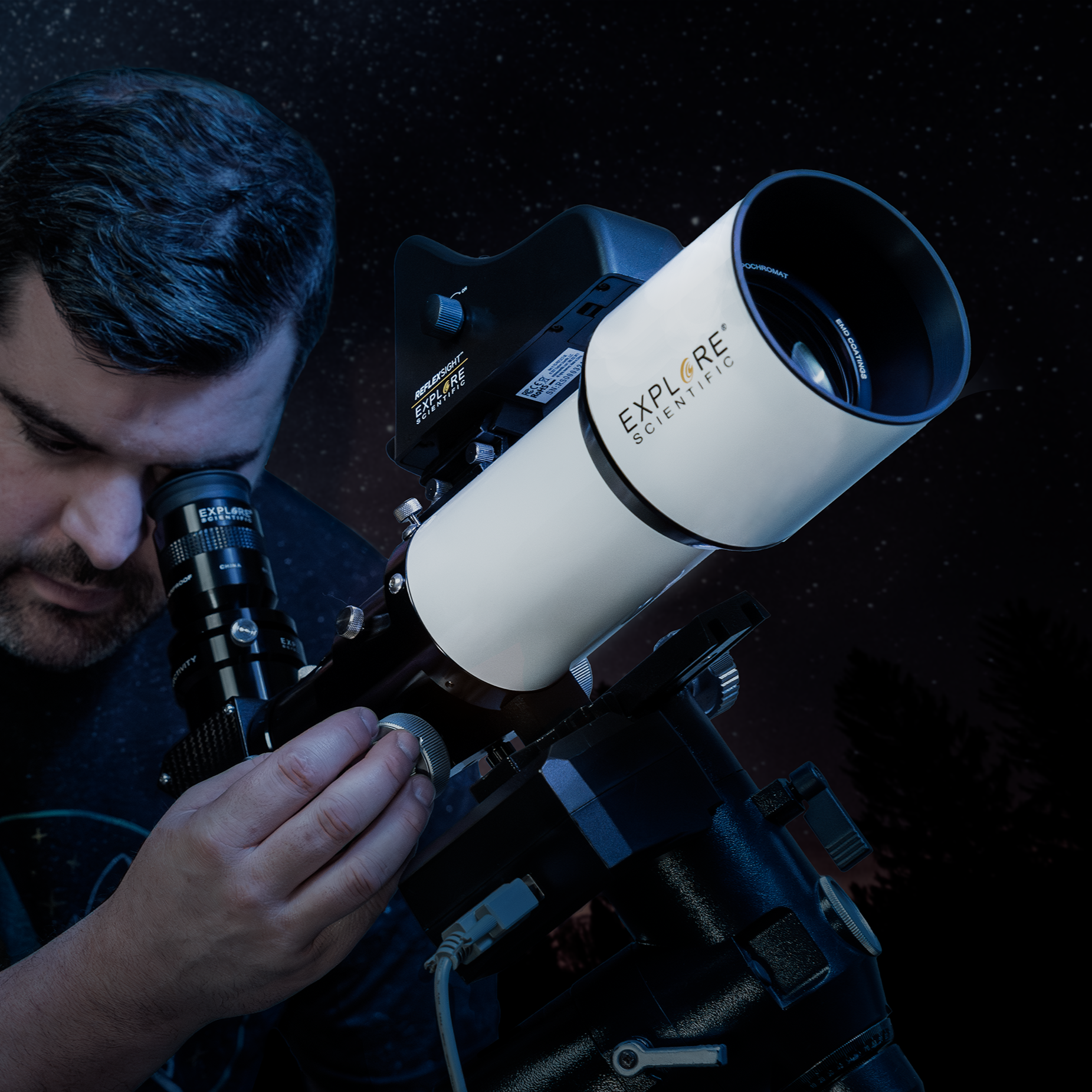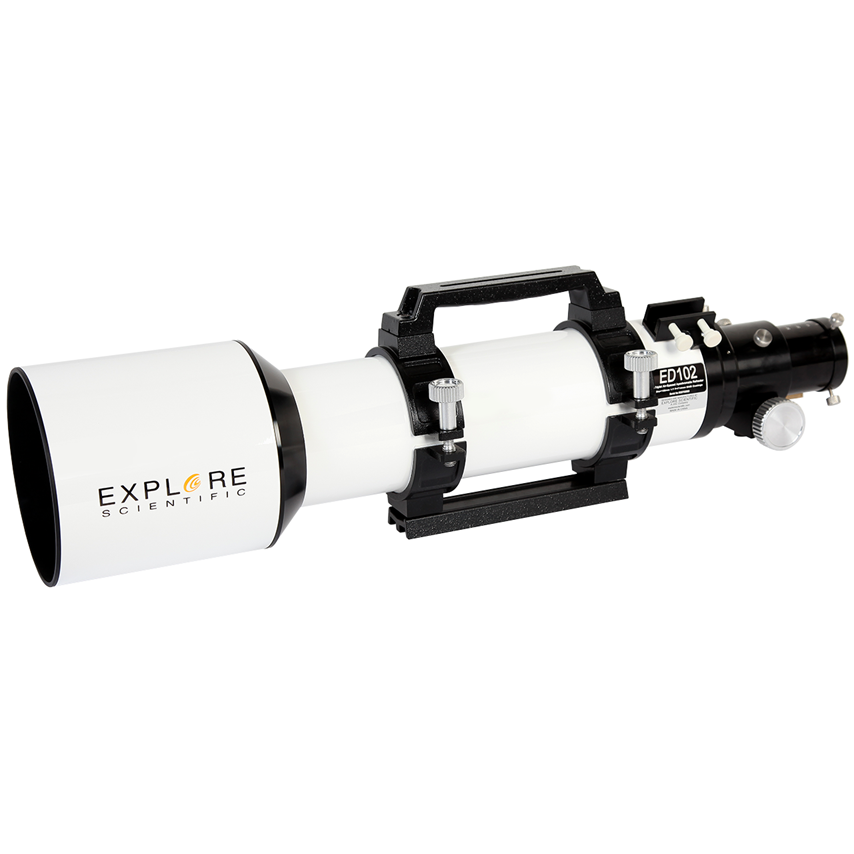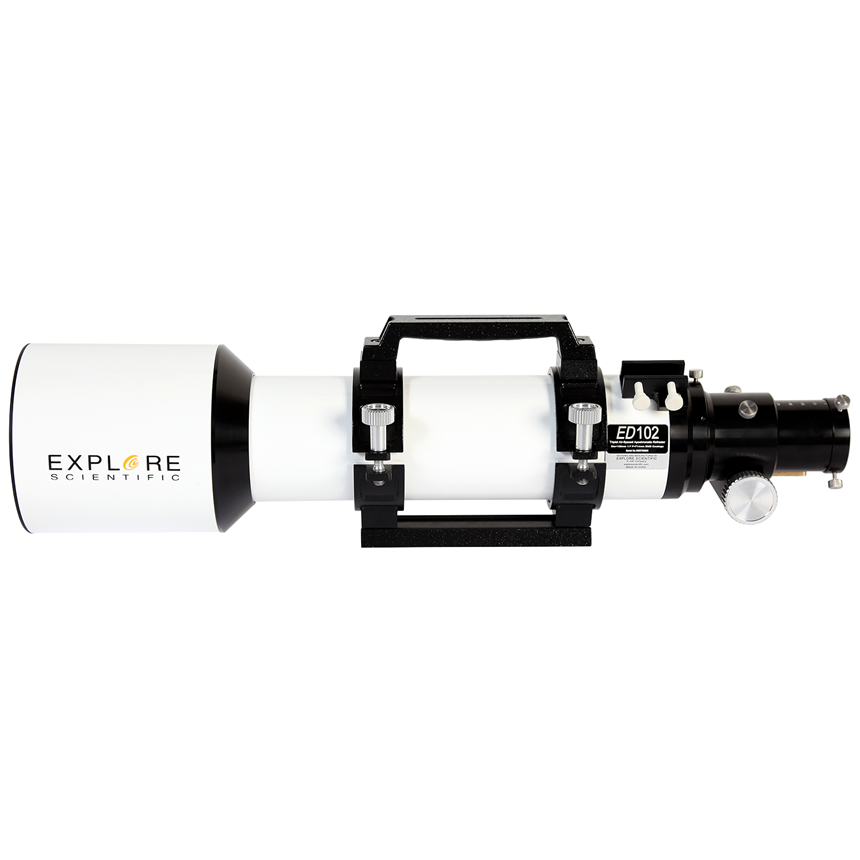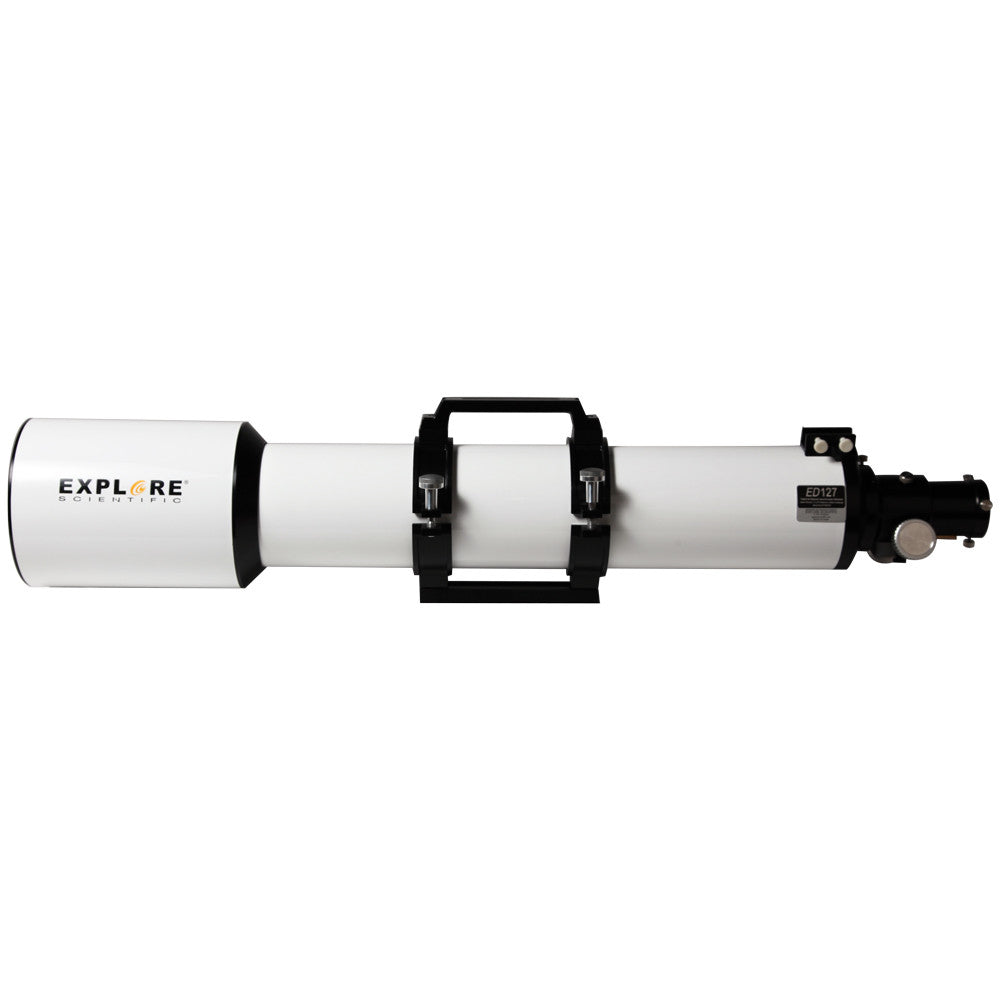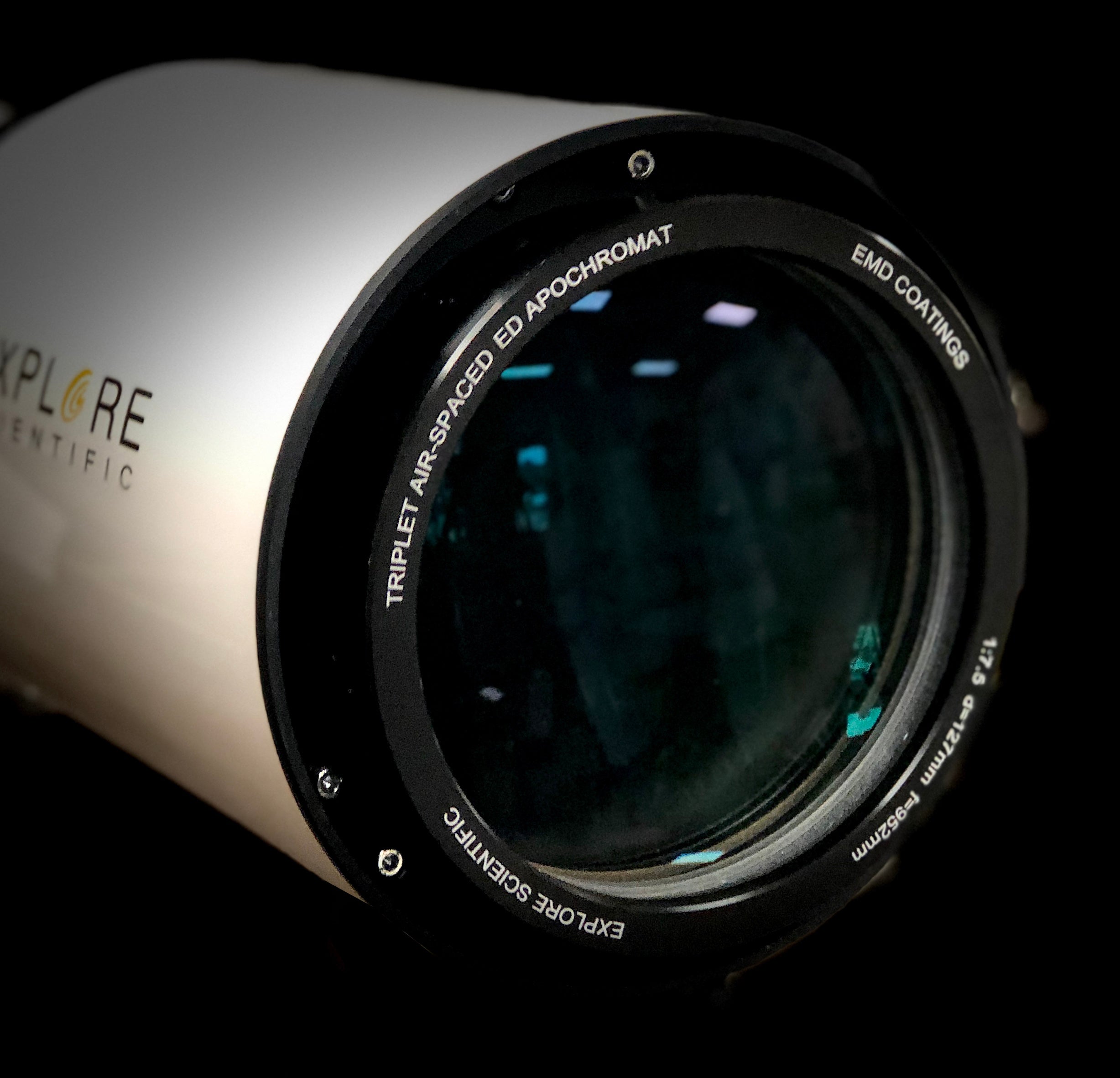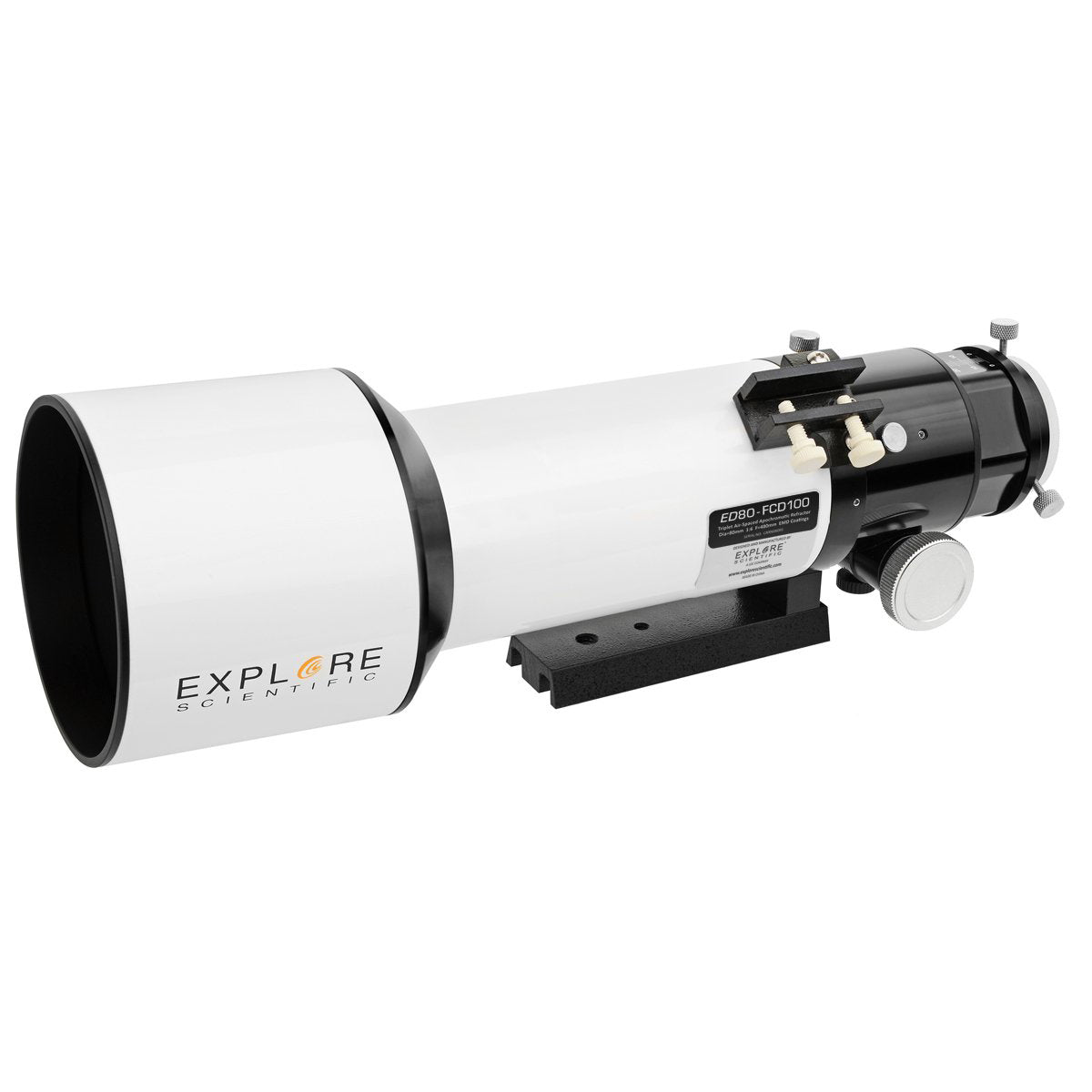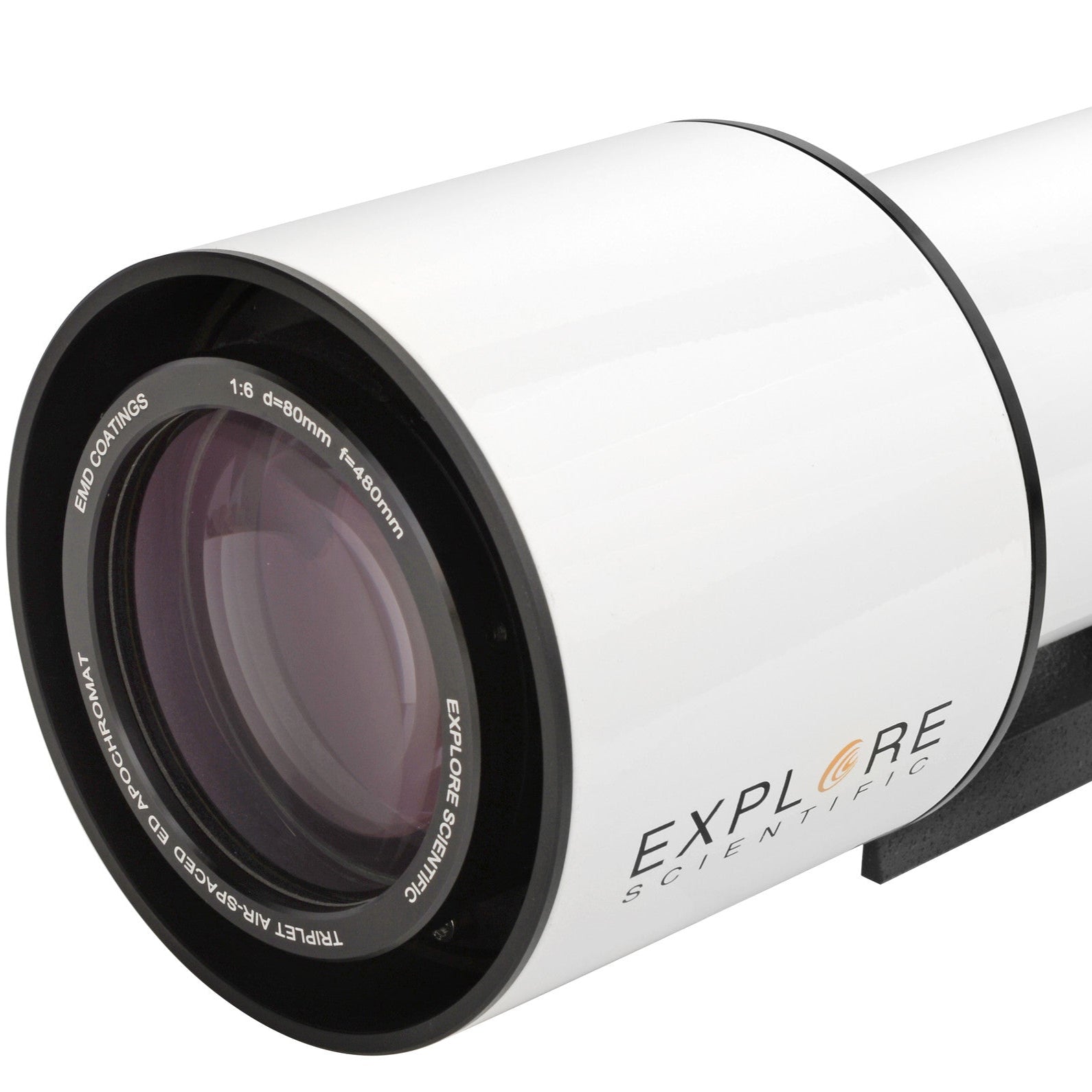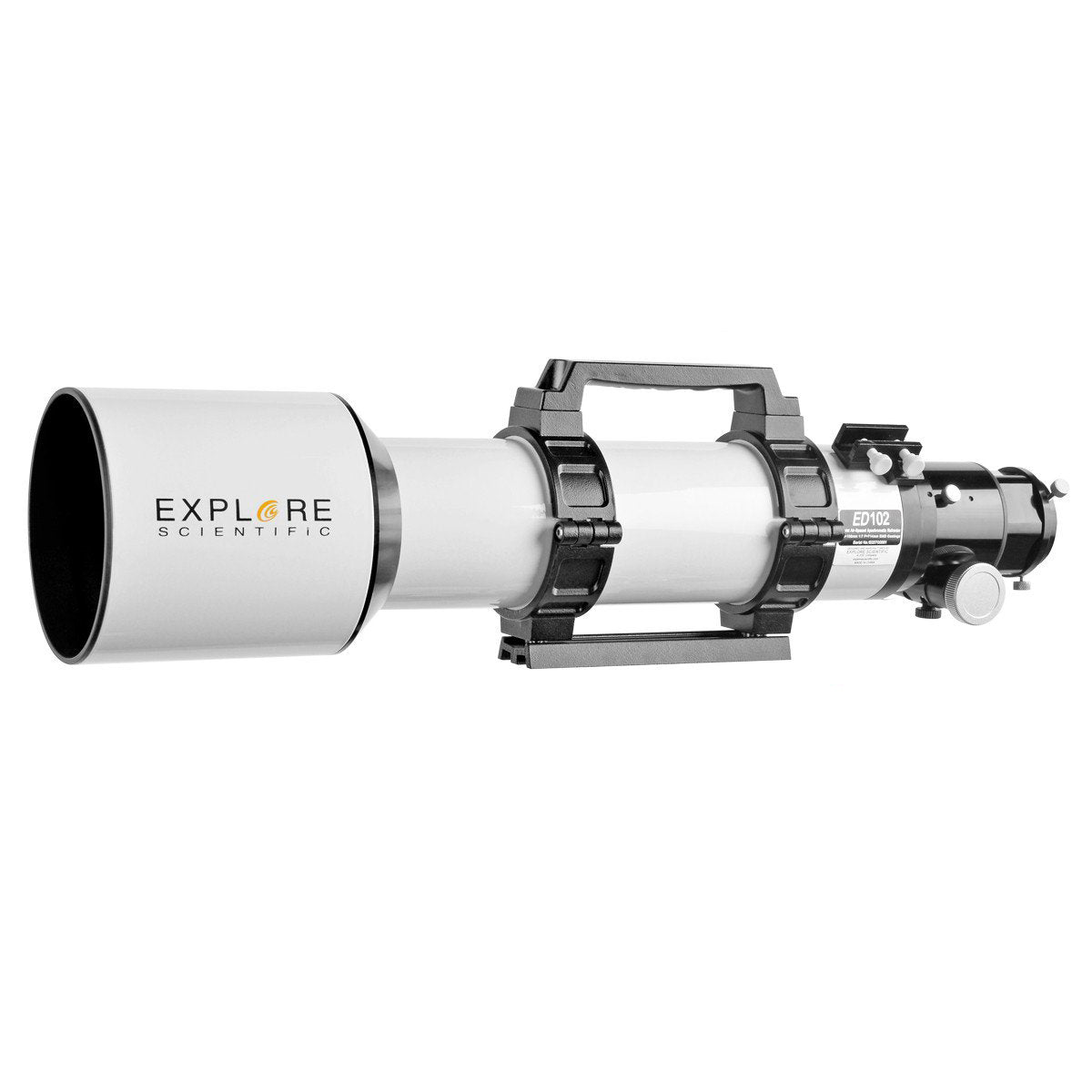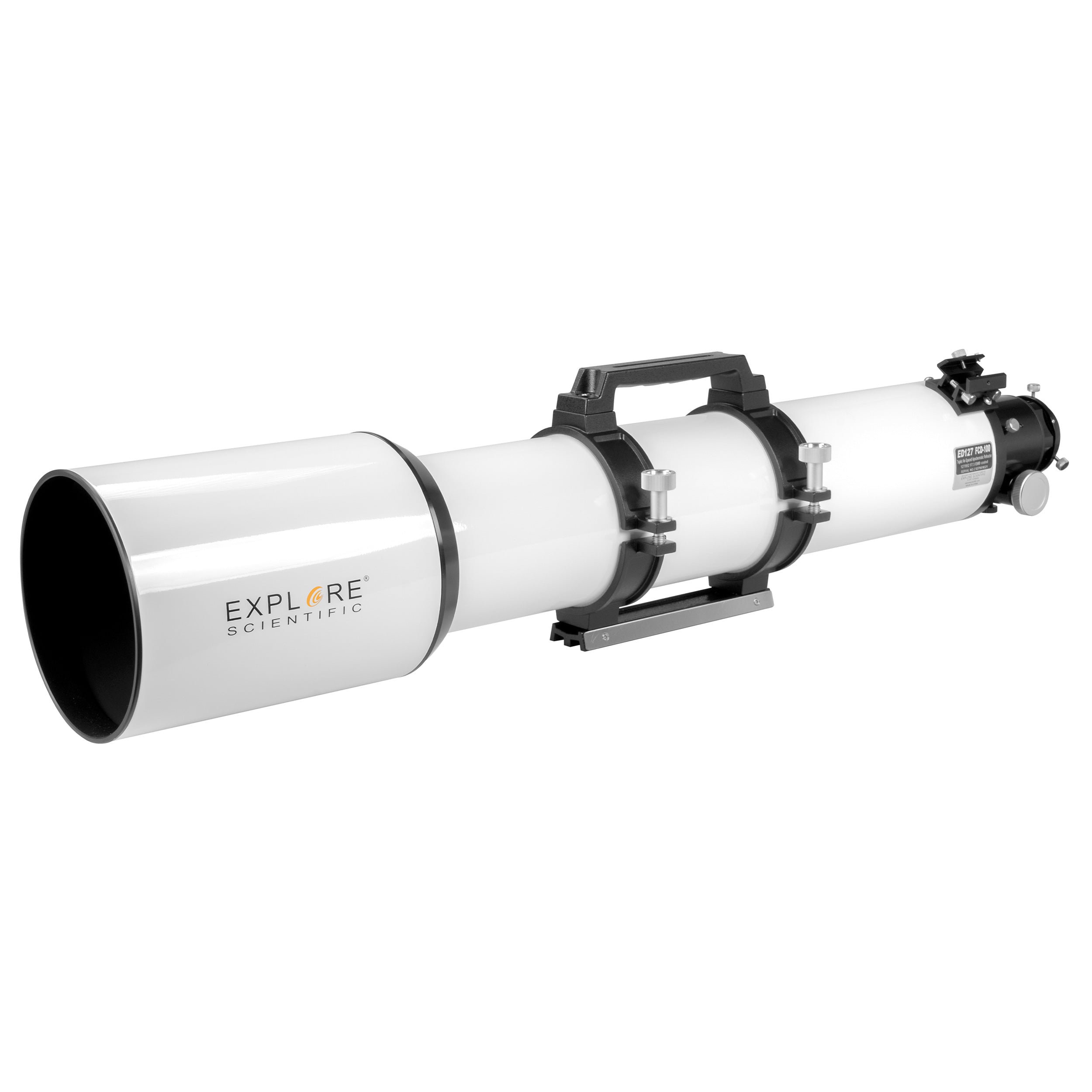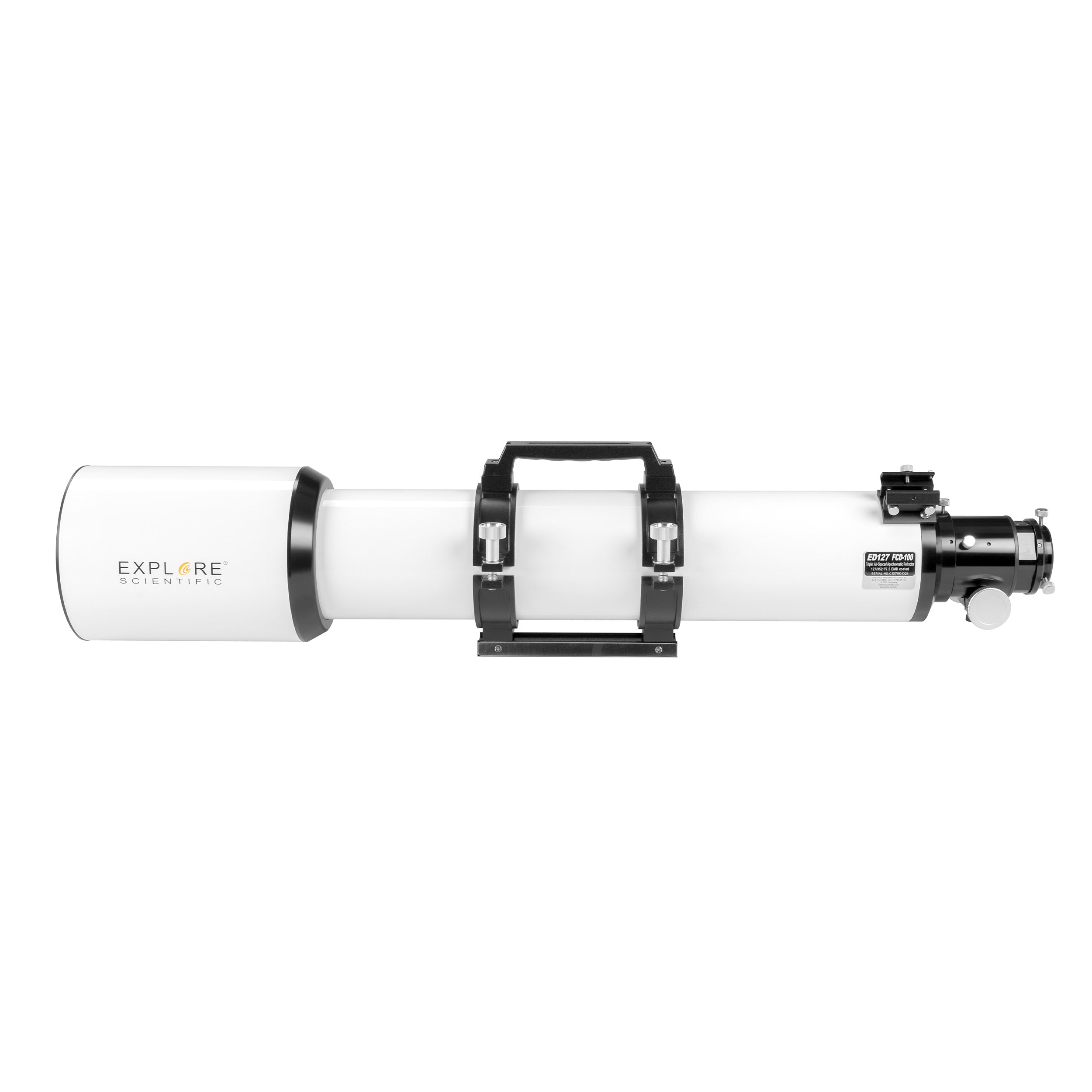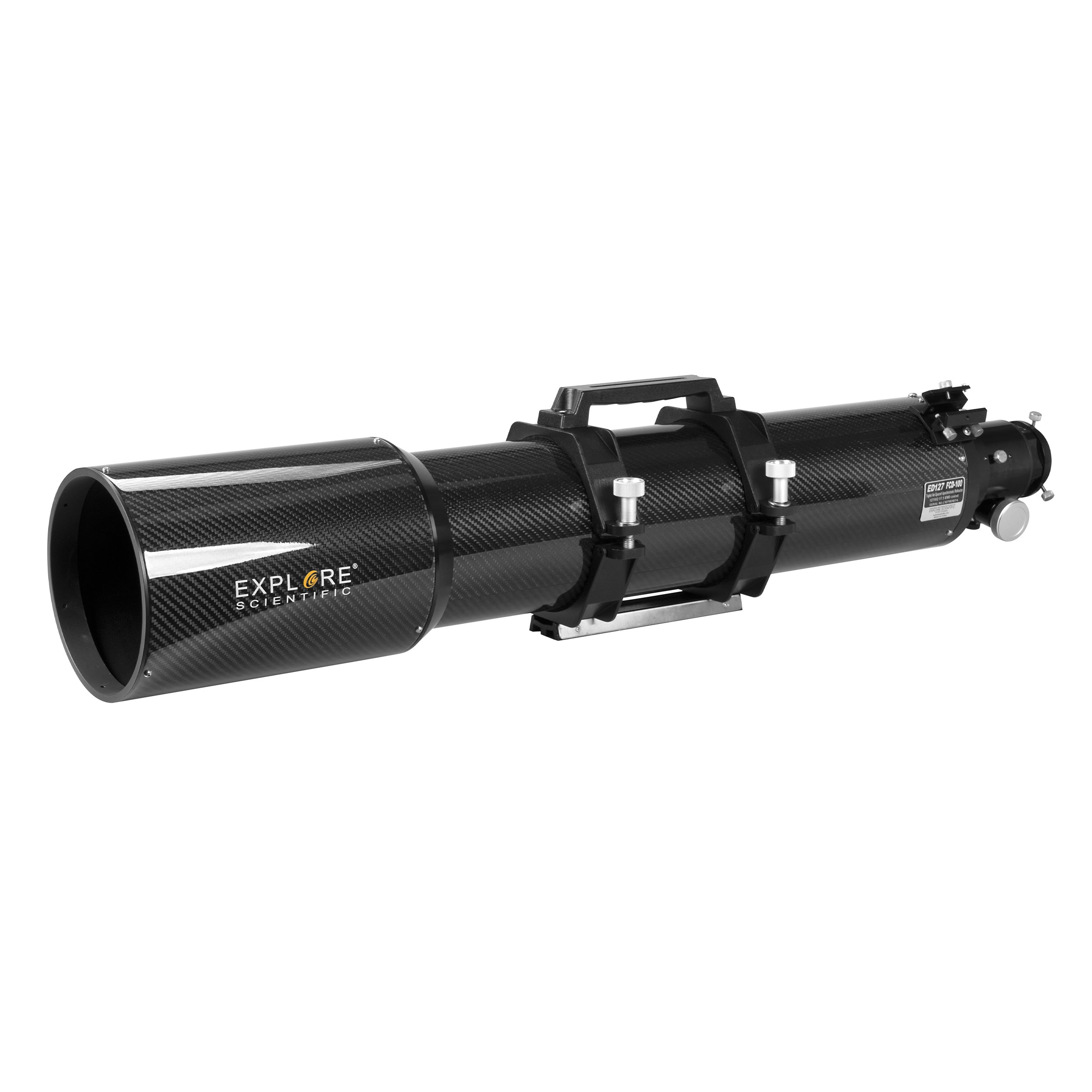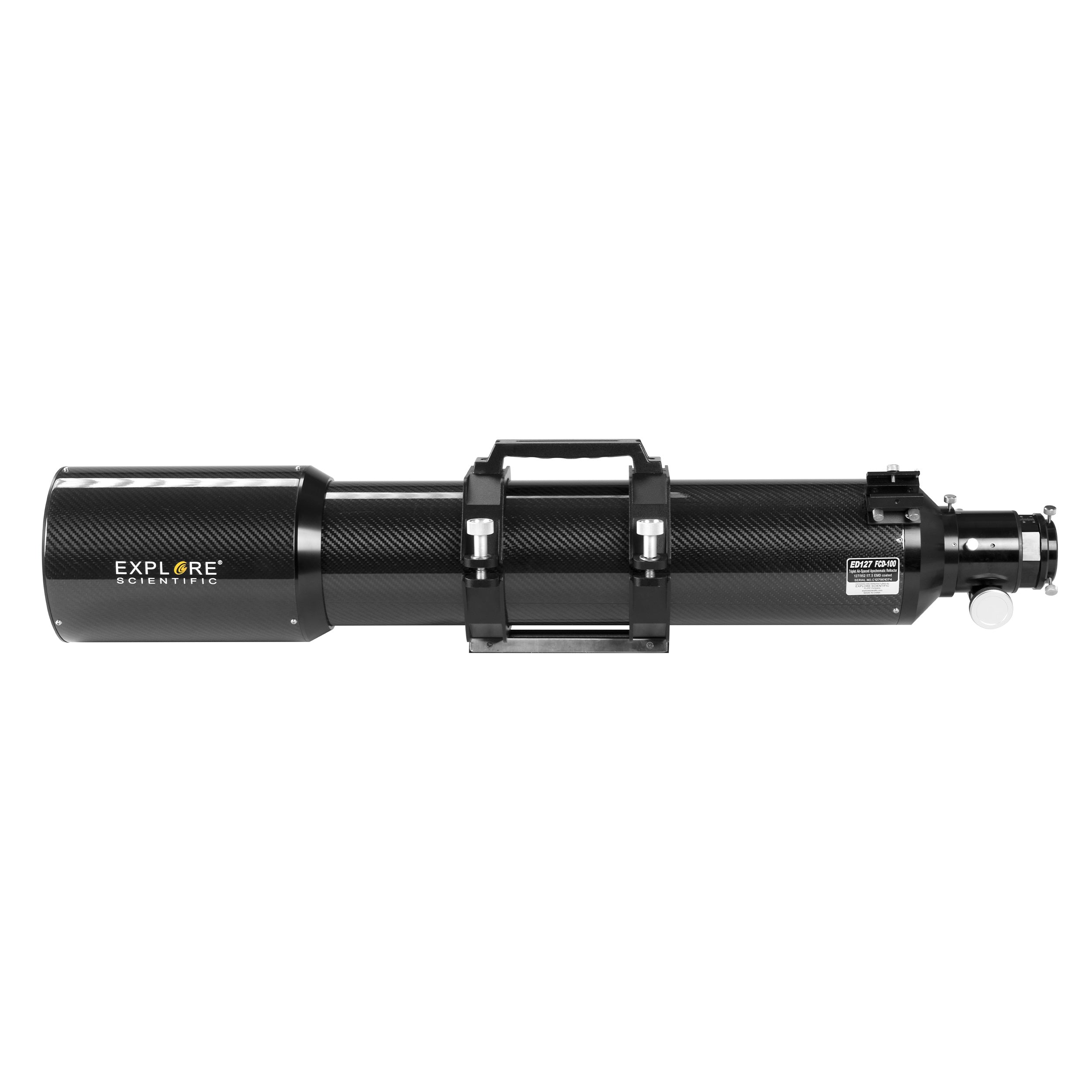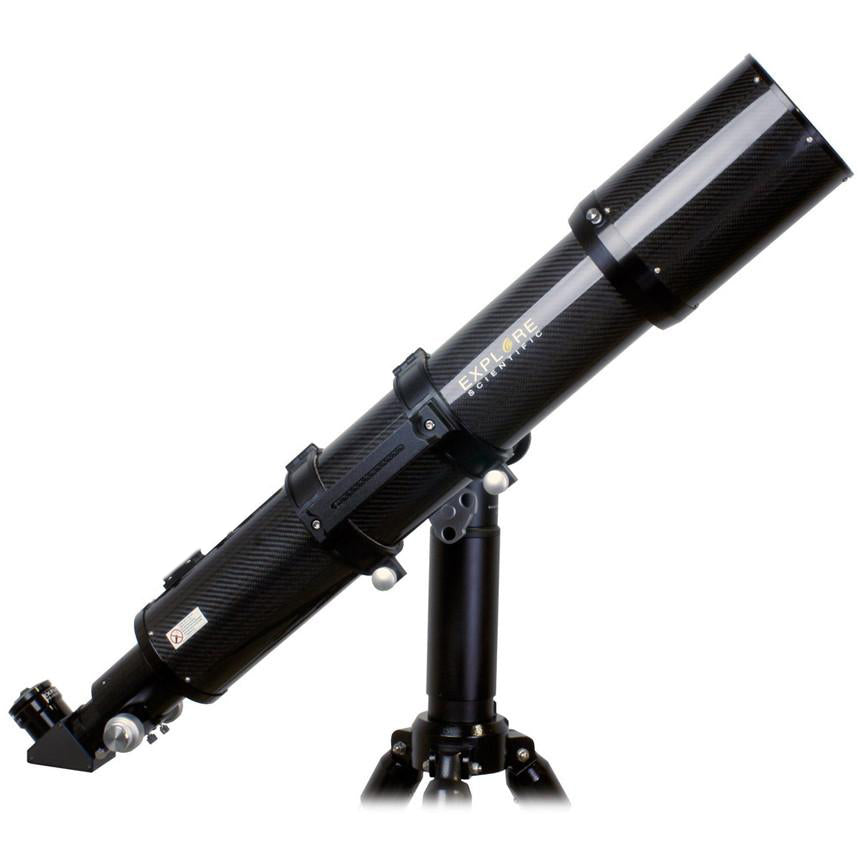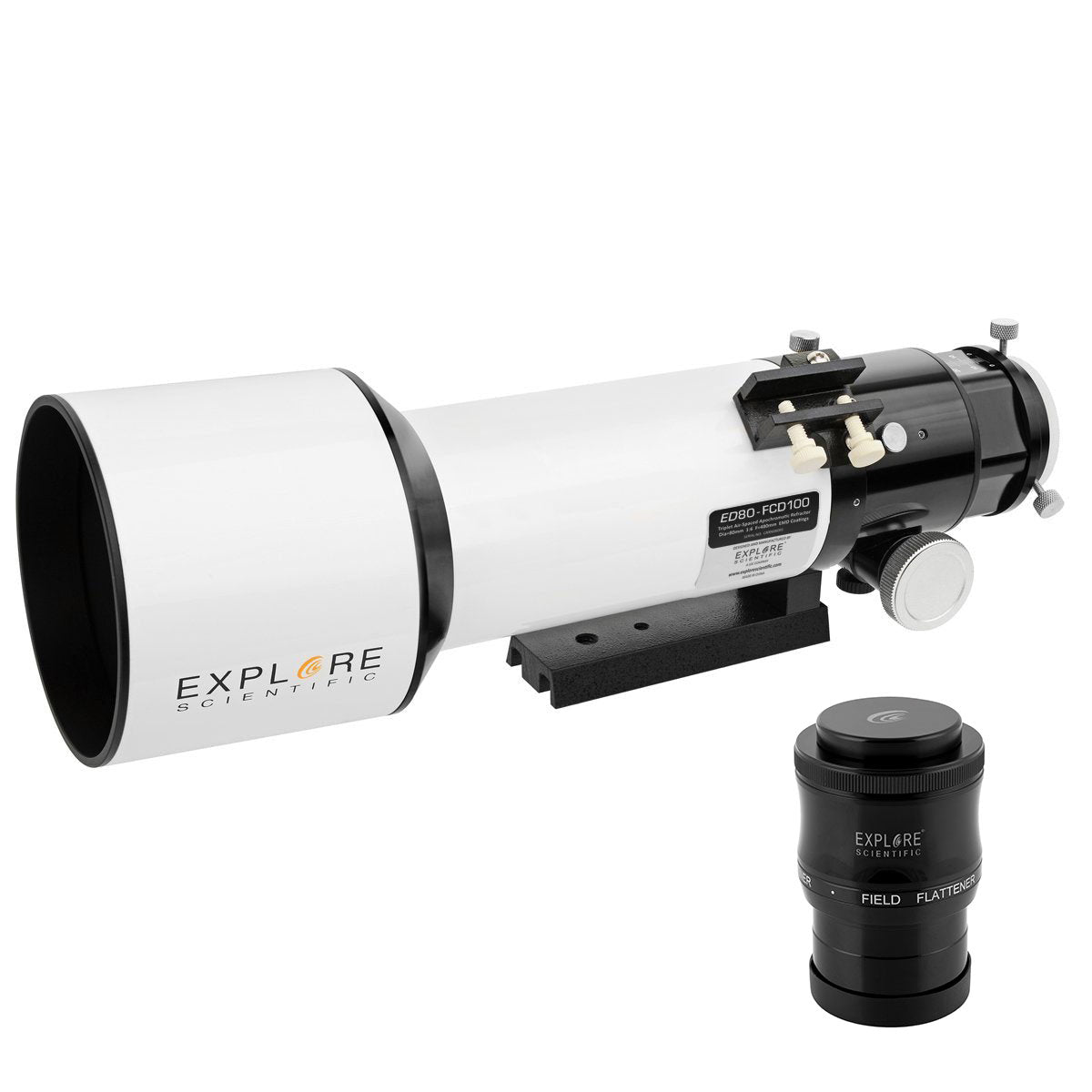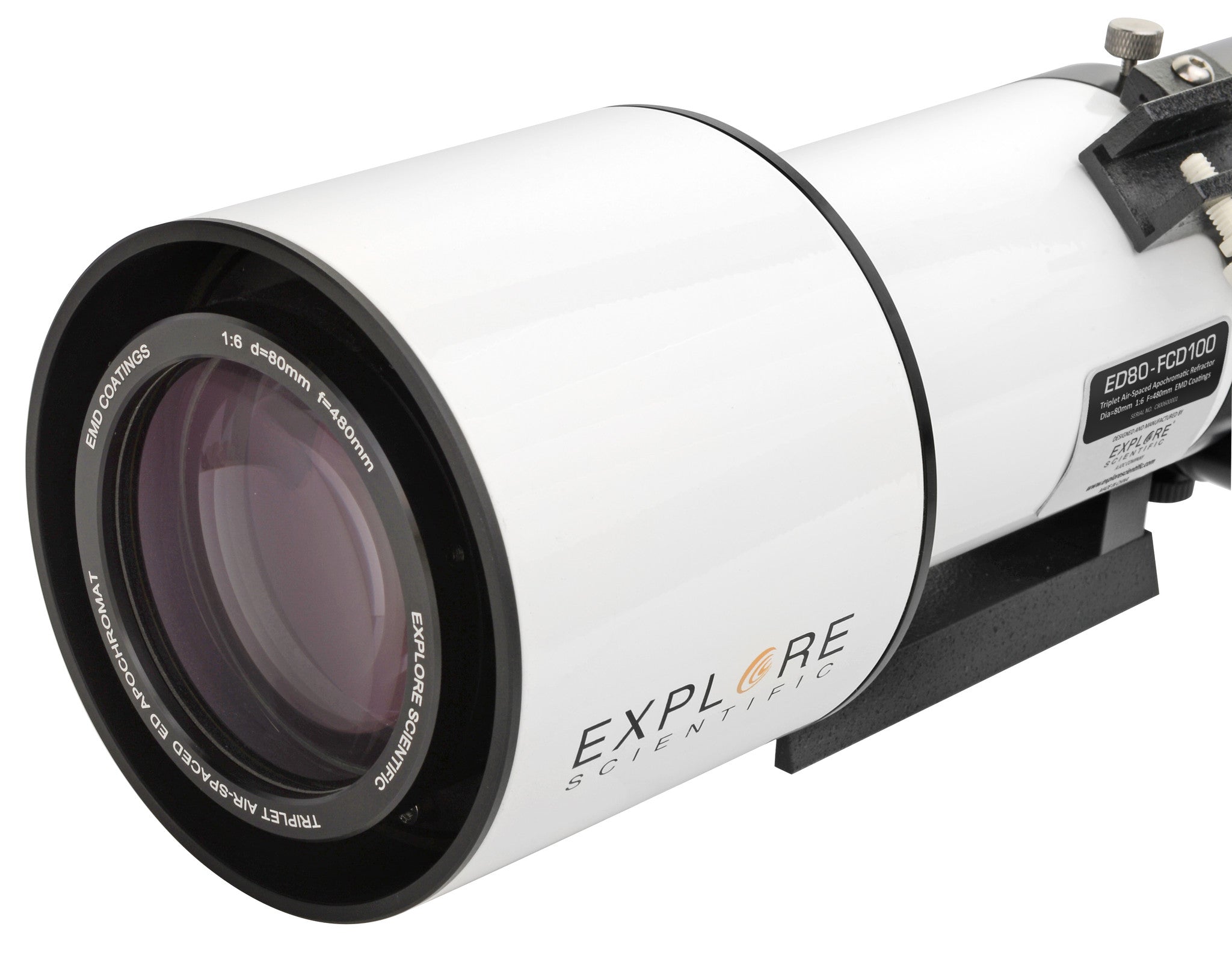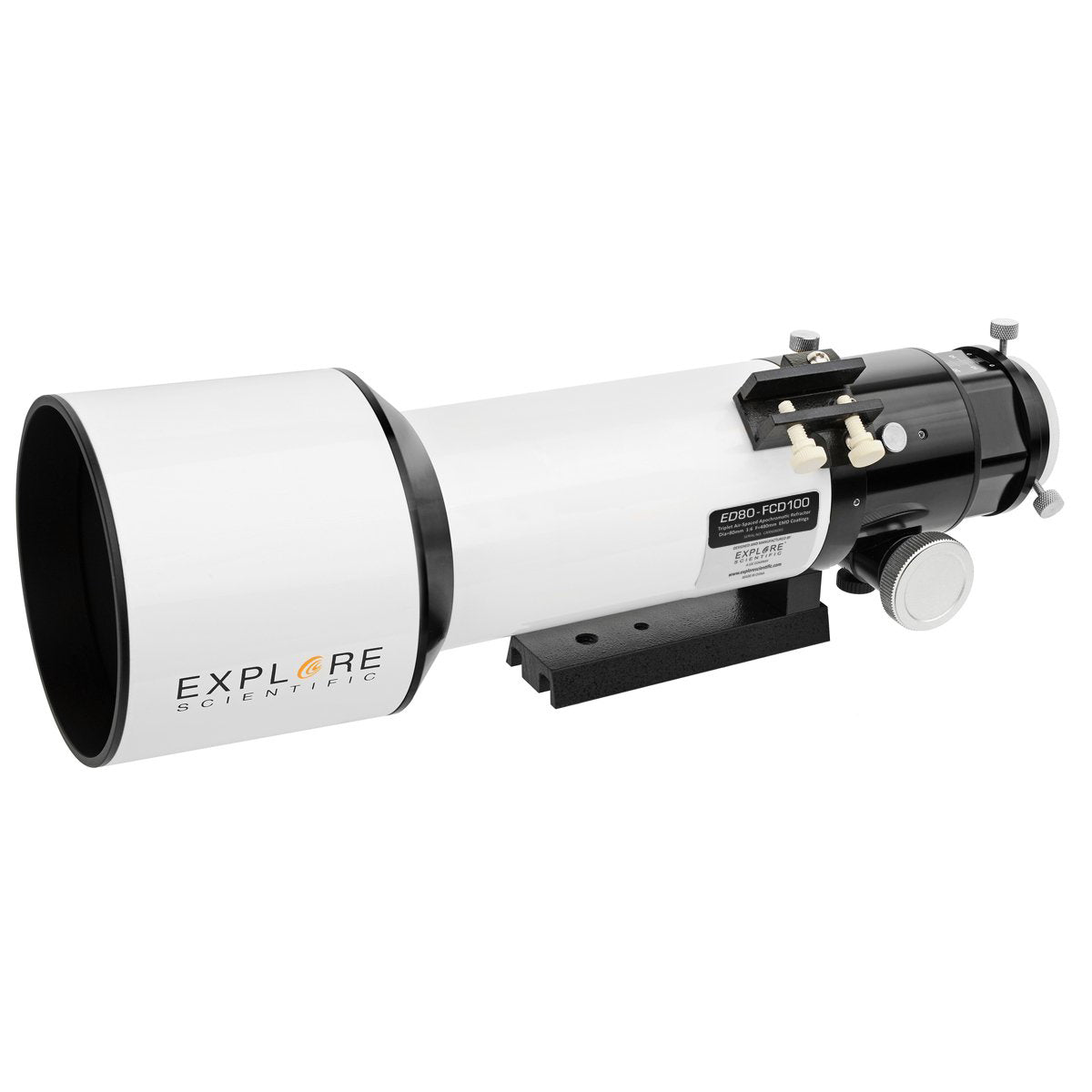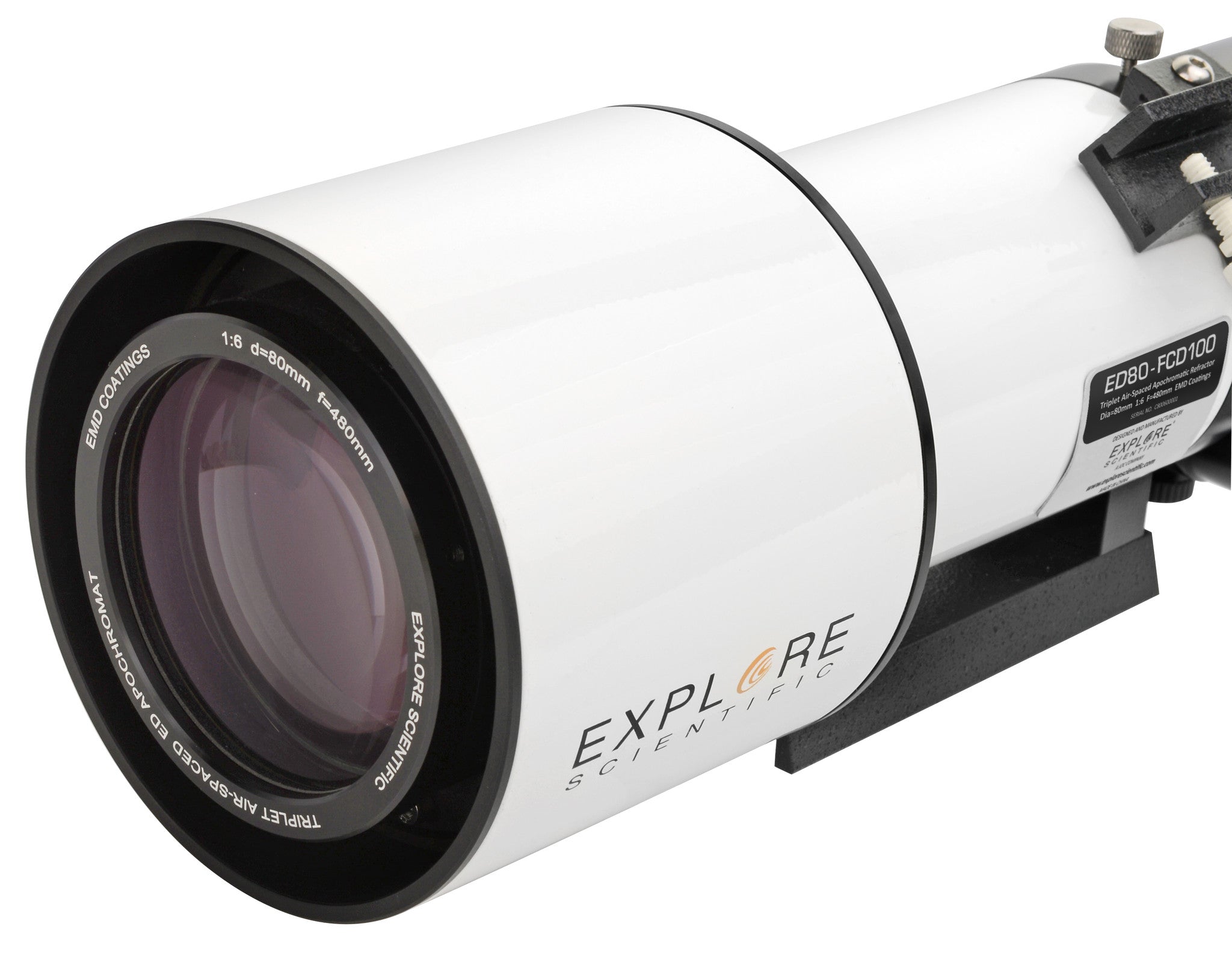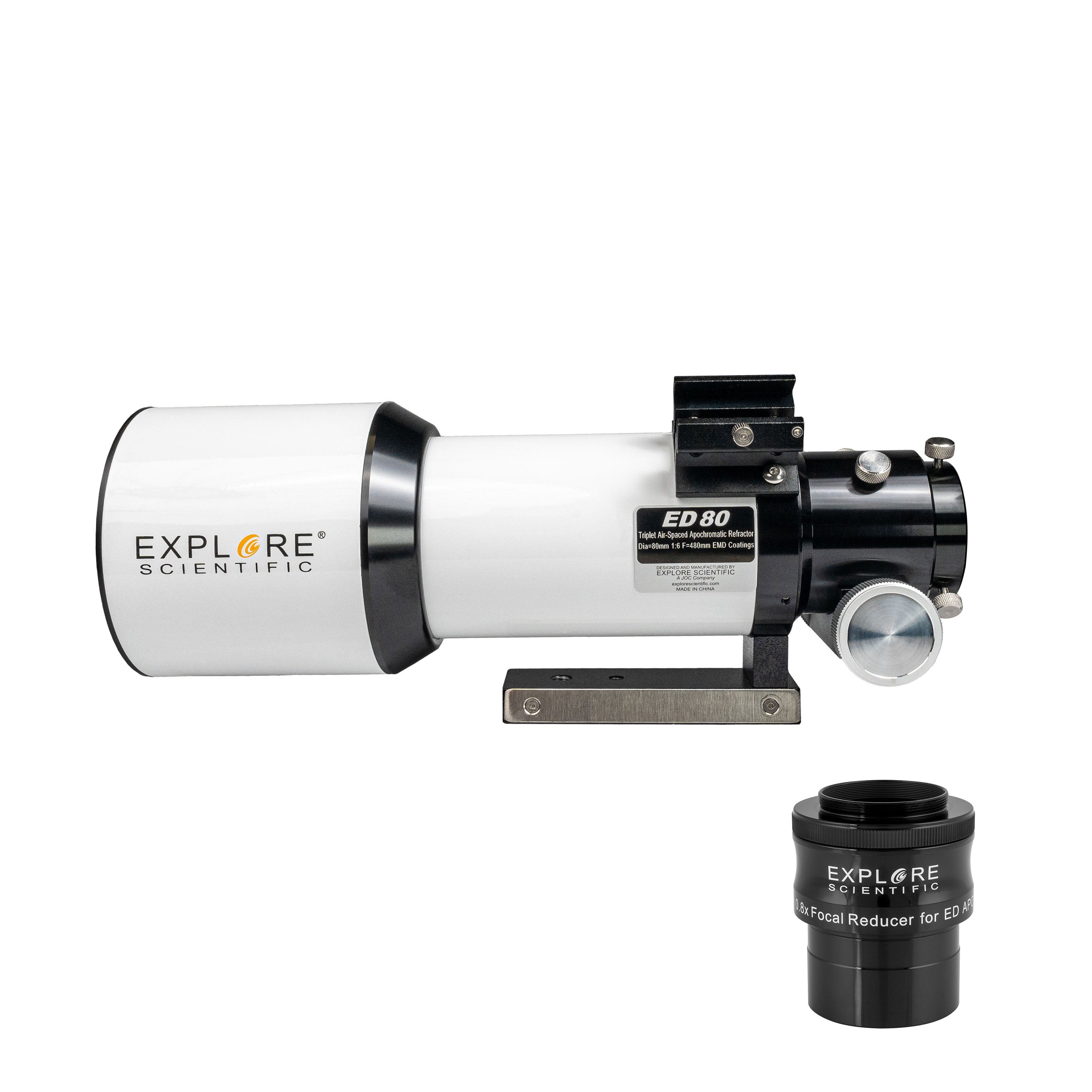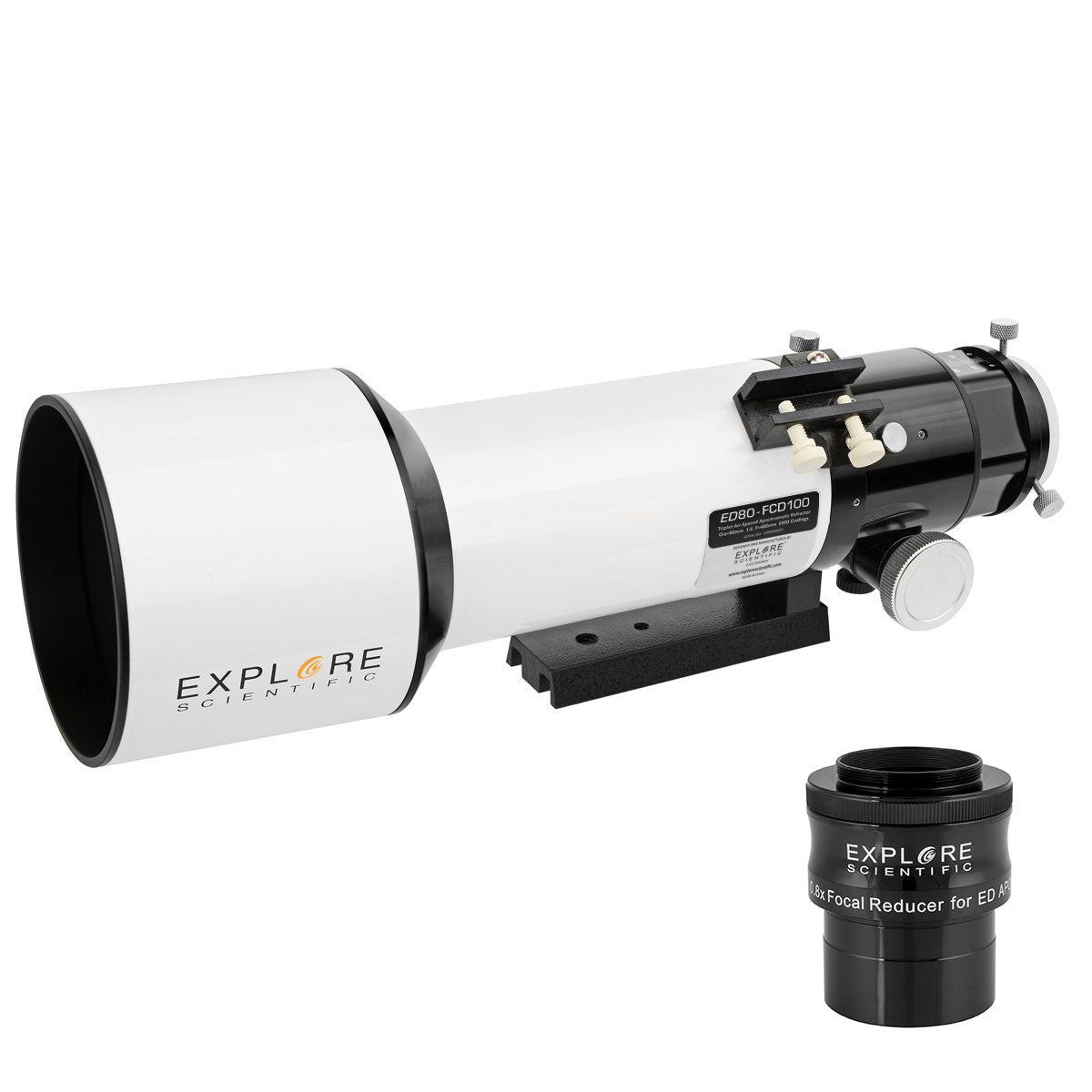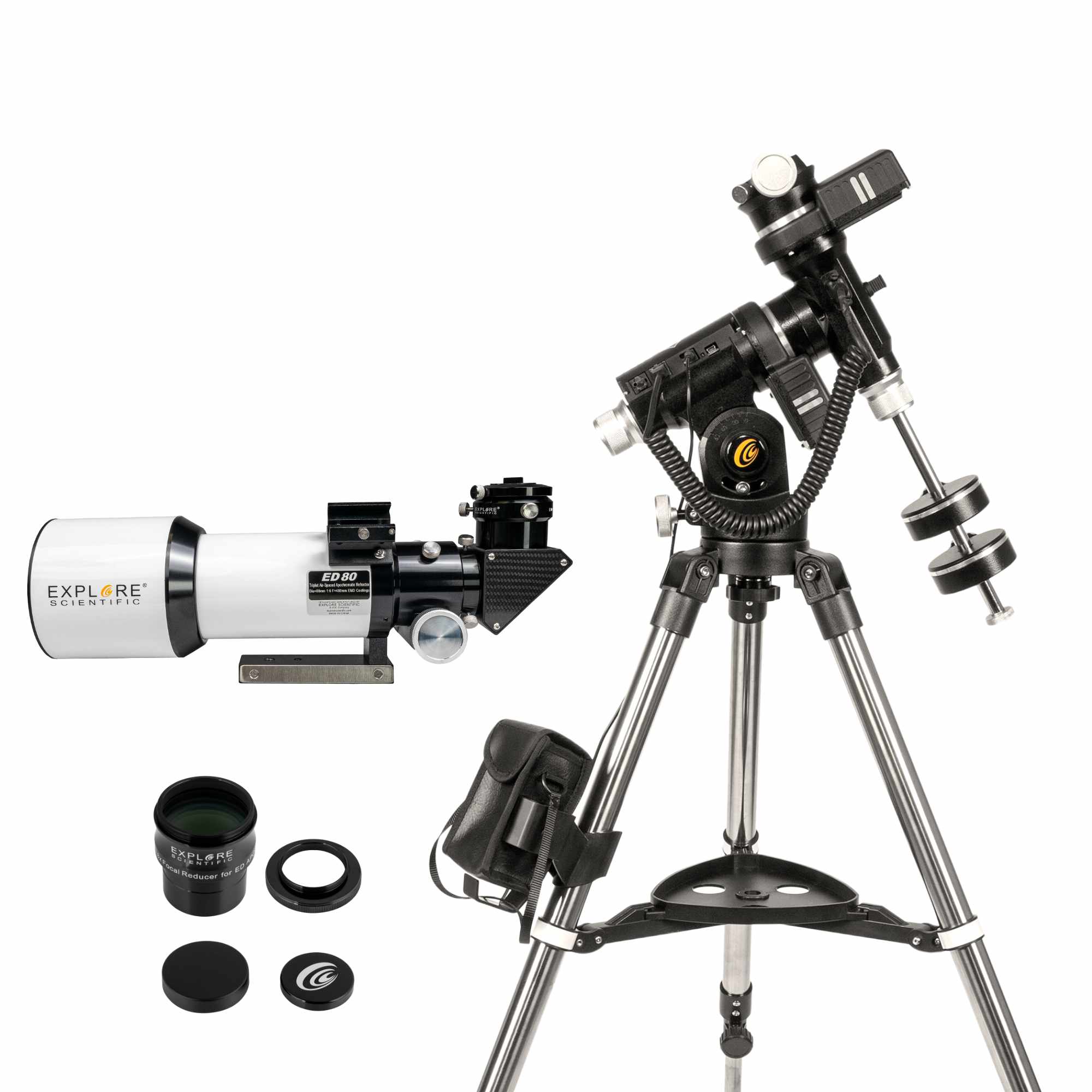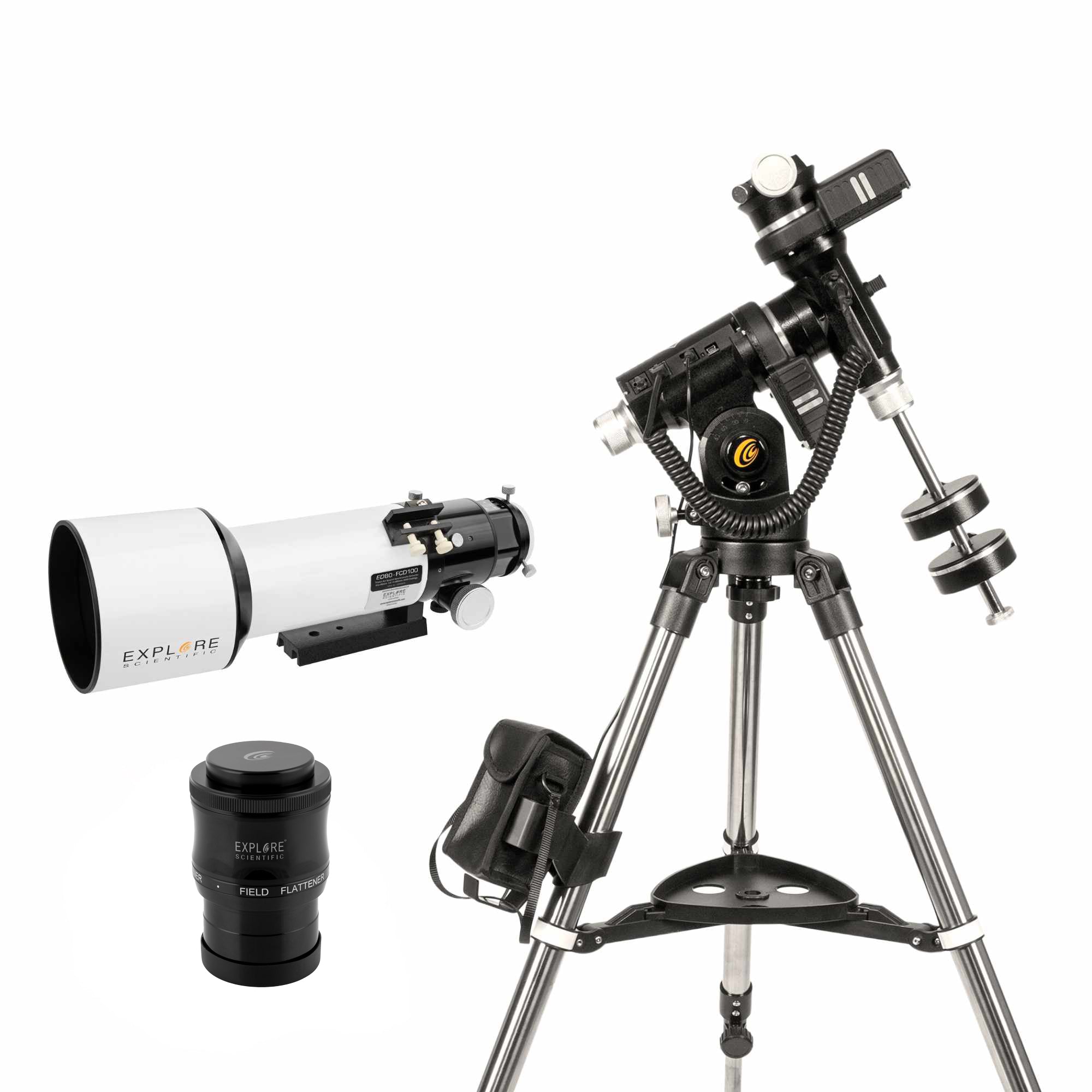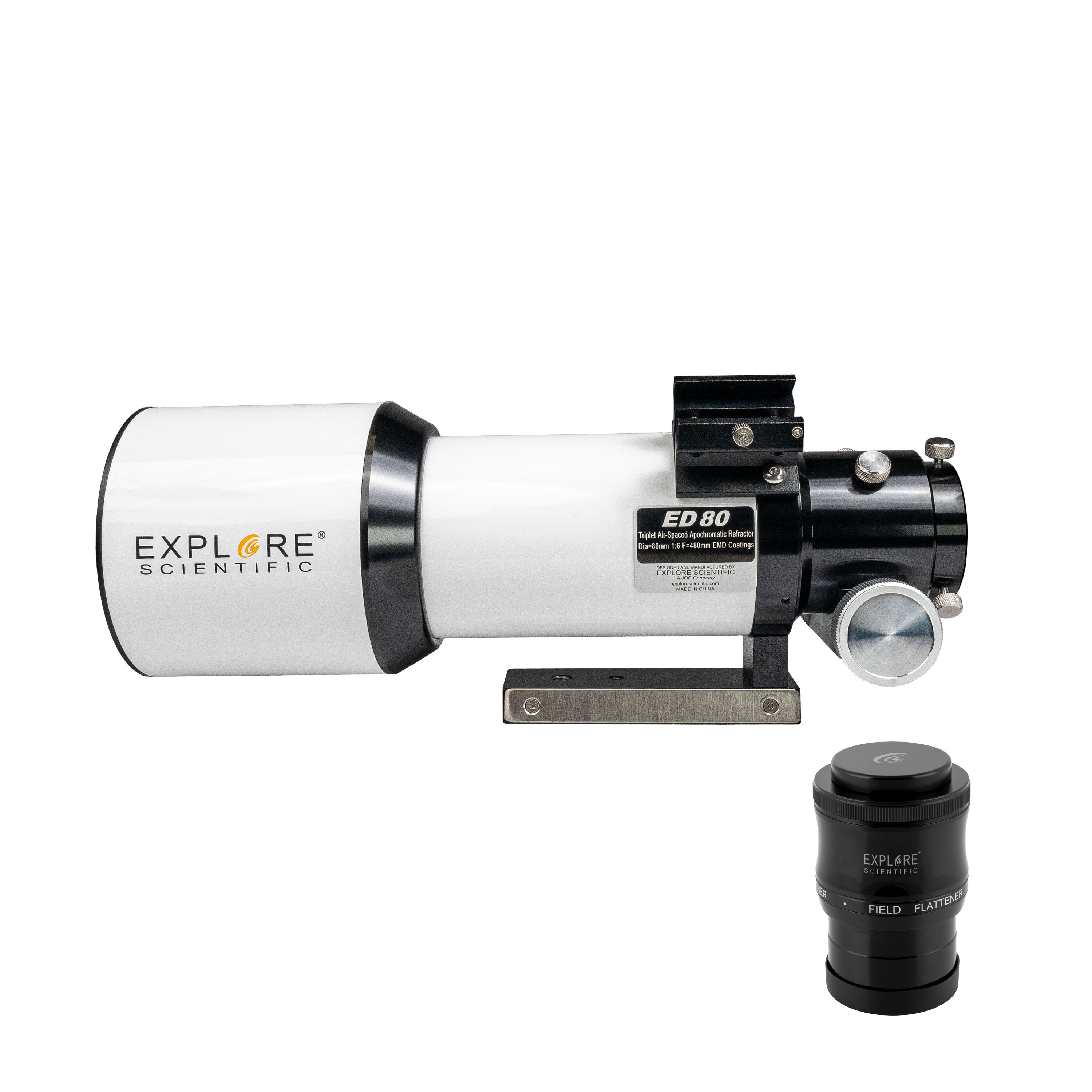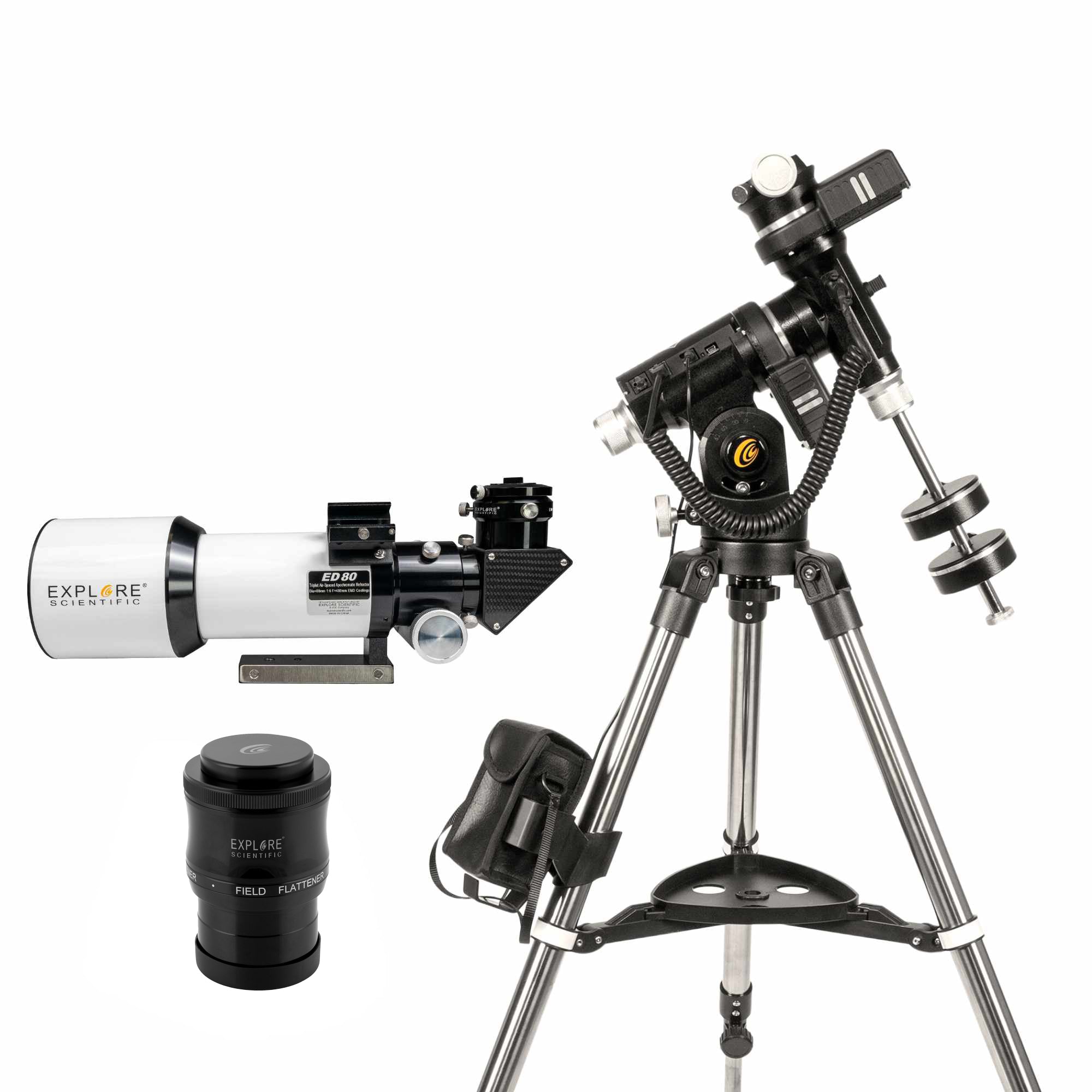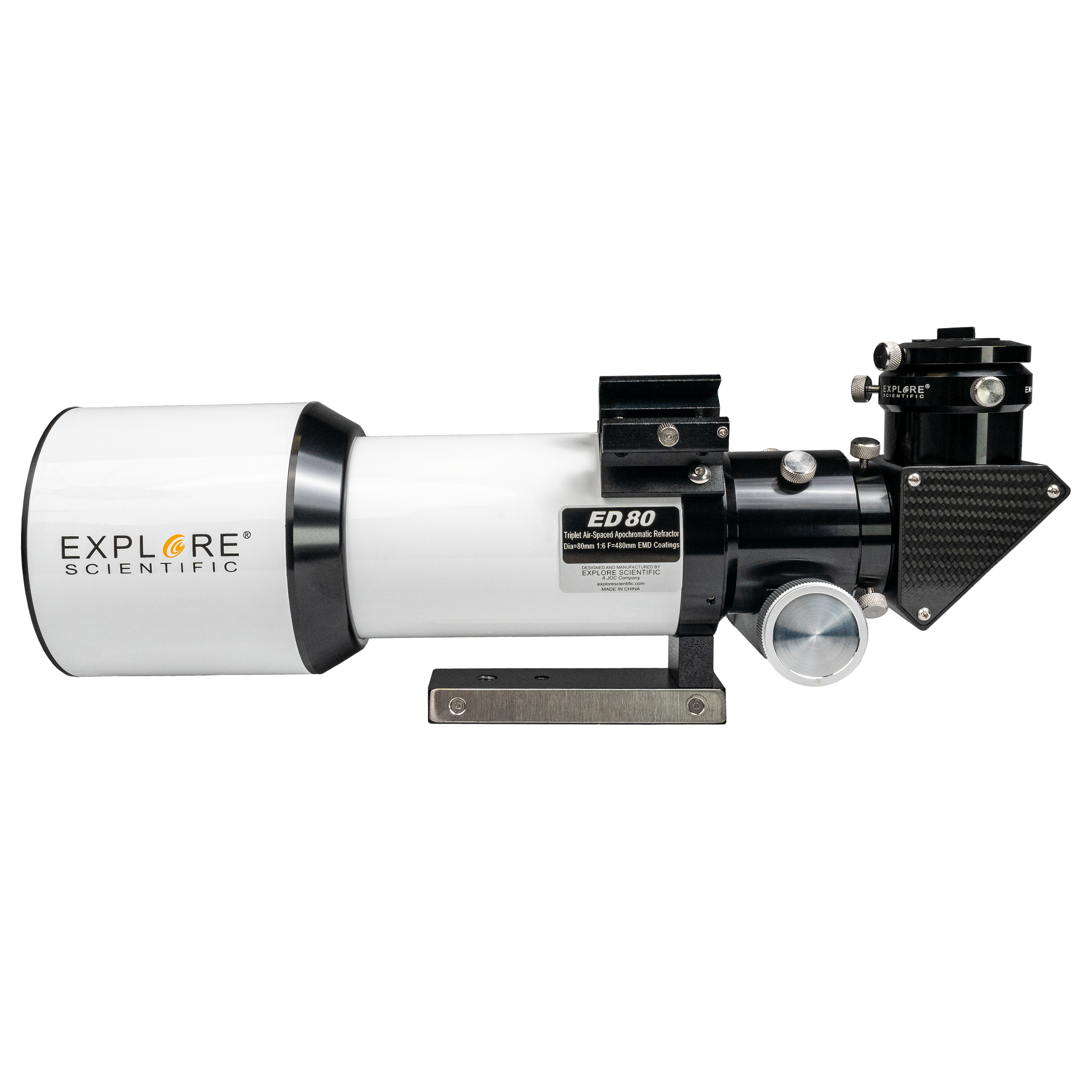ED Air-Spaced Triplet APO Refracting Telescopes
Apochromatic (APO) lenses are designed to bring three wavelengths of light (red, green, and blue) into focus in the same plane. In contrast, achromatic lenses are corrected to bring two wavelengths into focus in the same plane.

The classic achromatic doublet made from optical crown and flint glasses bring two colors of light to a common focus. This diagram shows the image forming lens in the front and the correcting lens in the back.
Apochromat optics were first developed by Peter Dolland in 1763. His air-spaced triplet design ushered forth many optical improvements but lacked the use of ED glass that we see in most apochromatic optical designs today. ED glass enhances apochromatic lens design by producing extra-low dispersion of the wavelengths of light passing through it thereby giving an even better apochromatic performance. For more specifications and information on the different types of glass used in Explore Scientific apochromatic triplets, please click here.

Explore Scientific true apochromatic telescopes utilize three air-spaced elements with the ED element in the middle to bring the light of three different frequencies to a common focus, thus mitigating the effects of chromatic aberration.
Filters
17 products
Free United States Shipping
Orders $70+ shipped within the continental United States qualify for free standard shipping. Learn more.
Explore Scientific Warranty
Register your product within 60 days to activate your warranty coverage. Learn more.
30 Day Returns
Returns are accepted within 30 days if the item is in original condition. Learn more.
Dedicated Customer Support
Our customer service team is here to help with product support and warranty service. Learn more.




